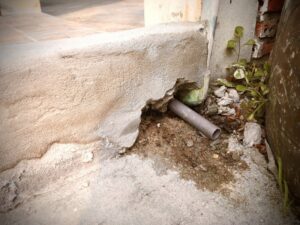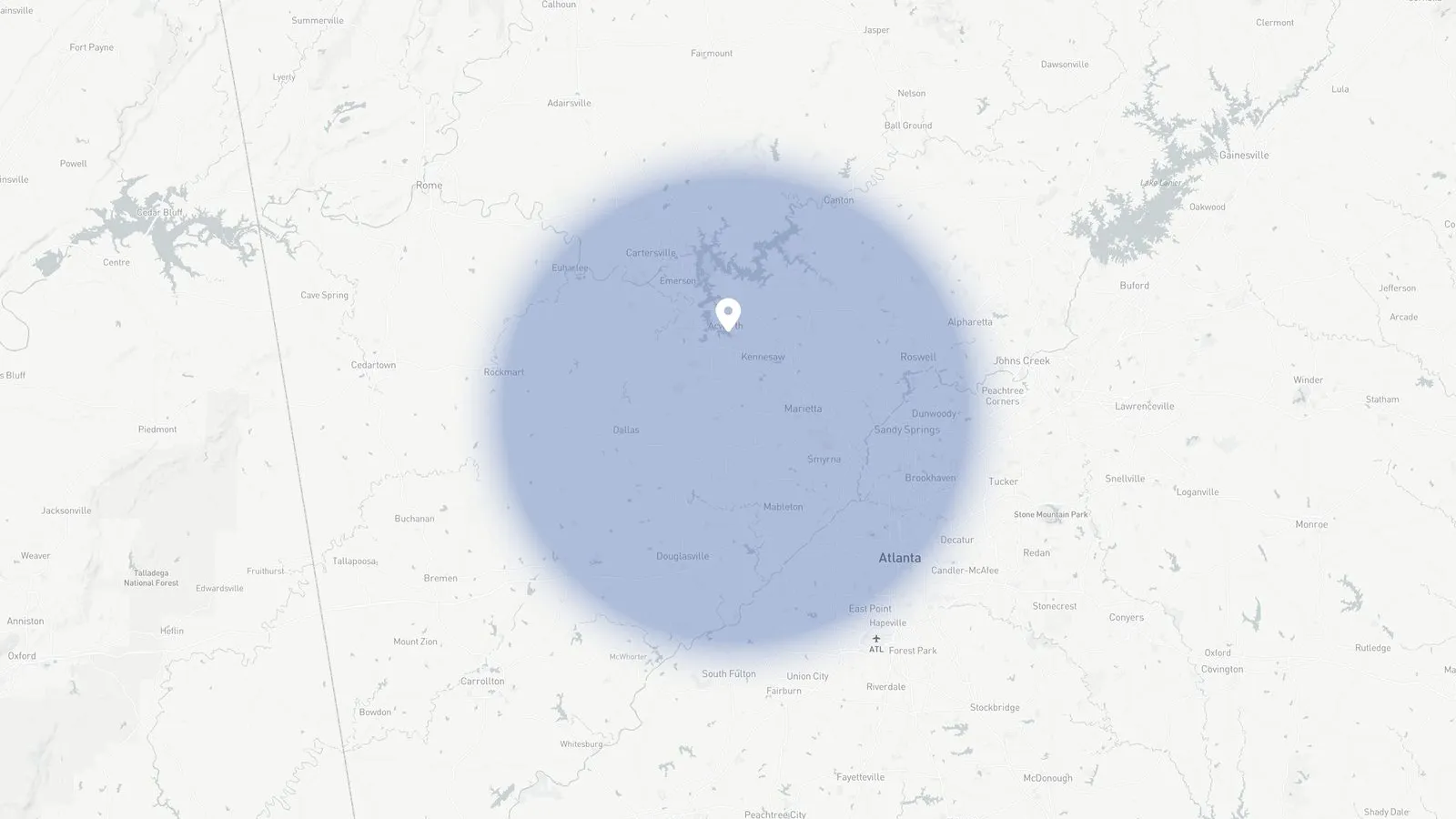
There are a number of important components that make it possible for your air conditioner to function, and the condensate pump is just one of them. During the cooling process, your air conditioner produces natural condensation. Most types of air conditioners rely on gravity and a 3/4th inch drain line to redirect the water away from your property and out to a drainage system.
However, some air conditioners require a little more help with this. Depending on where your air conditioner is installed, a condensate pump may be necessary to get fluid out of your air conditioner and outside of your property. Read on to learn more!
How Does a Condensate Pump Work?
A condensate pump is made up of three parts. These three parts are the float, reservoir, and pump. They all work together in order to evacuate the condensation from your air conditioner system and your home. As condensation rises within the reservoir, it then lifts the float, which in turn activates the pump.
The pump then forces condensation through a drain line to the home’s exterior. As condensation leaves, the float descends, and this automatically turns off the pump. Typical electric condensate pumps run on 110 volts, and often get plugged into a standard wall outlet that is located close to your air conditioner.
How to Properly Disconnect a Condensate Pump
So let’s say you want to clean your condensate pump. If you’re uncomfortable with doing it yourself, please reach out to our team! Otherwise, there are some steps for you to follow.
Before you remove and clean the pump, you’ll want to look around the area to ensure that it’s not leaking. If you notice that the area is wet, or that water is pooling around the condensate pump, then this is a sign that something has gone amiss, and you’ll want to call for professional HVAC repairs from our team.
If you examined the area and there are no leaks, then now it’s time to unplug it or turn off the power to the condensate pump at the main breaker box. To properly clean the pump, you will want to first disconnect the PVC (polyvinyl chloride) tubing that’s connected to the reservoir. One line runs to your air conditioner, and the other is connected to the drain line.
Remember, you don’t want to run your air conditioner while the pump is disconnected! You’ll want to remove the pump, and place it in a suitable work area. Then rinse the reservoir with clean water to remove dirt, debris, or algae that might have accumulated.
How to Clean a Condensate Pump
You’ll want to use a bottlebrush or a similar tool to clean all openings where the drain lines connect. To avoid unnecessary damage, you’ll want to be careful to not saturate the pump motor with water.
You can use compressed air to remove debris such as dirt ad dust that has accumulated around the pump motor vents. If you notice algae growth–especially if it’s excessive–you may want to call a pro to ensure that mold remediation isn’t necessary.
When you reconnect the drain lines to the pump reservoir, you’ll want to make sure they’re connected in the proper places. Then you’re ready to restore power, and test it by pouring clean water through the opening of the reservoir! If everything works as it should, you’re in good shape!
Need Professional Condensat Pump Service?
If you’re uncomfortable doing this process by yourself or if you notice a leak like we mentioned above, then please don’t hesitate to give us a call! We’re happy to help with whatever your air conditioning repair needs are.
Contact Dayco Systems today for quality air conditioning and heating repair in Canton, GA!

